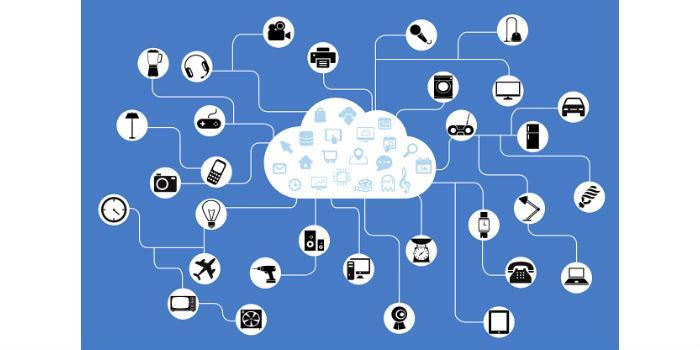 Latin America. In the same proportion in which the gigantic flow of data generated in the processes of the Internet of Things, IoT, also increases the recognition of the advantages provided by the possibility of capturing and analyzing certain types of information at the same time and place in which it is generated: the sensor, or the device located at the ends or edges of the network.
Latin America. In the same proportion in which the gigantic flow of data generated in the processes of the Internet of Things, IoT, also increases the recognition of the advantages provided by the possibility of capturing and analyzing certain types of information at the same time and place in which it is generated: the sensor, or the device located at the ends or edges of the network.
Edge Analytics methodologies provide an innovative alternative for many companies accustomed to sending all the data generated by sensors and devices of all kinds to the 'Data Lake' that is in the cloud.
However, in edge analytics processes, the processing of information can take place next to the source itself and not all data is sent to the cloud, but only those that escape the stipulated parameters. In large-scale IoT deployments, this functionality is critical given the huge volumes of data that are generated daily at the edges of the network.
This evolution in analytics processes leaves behind a centralized cloud model enabling companies not to have to carry out massive data transmissions of all the information generated by sensors and devices to remote data centers, thus gaining greater control over the "things" that remain connected.
In line with this decentralization of cloud analytics, Teresa Tung of Accenture, already alluded to the need to establish a real-time sensor analytics system placing the sensor operation ahead of the datacenter, in the session entitled 'Real-Time Streaming Analytics Platform' of IoTSWC2015. "In an IoT infrastructure, gaining real-time data visibility involves synchronizing the incoming flow of information where it occurs, since the data center never remains fully synchronized. In the event of a data center or network crash, the real-time analytics platform has activity projection capabilities so that, when the connection is restored, the analytics system enables synchronization and reconsiders previously made decisions based on the new data provided."
For his part, Jayraj Nair of Infosys, mentioned in his presentation at IOTSWC2015 that the analytics system is the engine when it comes to instrumentalizing and collecting information from sensors; "an engine that can be affected in the form of high costs and slowing down decision-making when the volumes of information that are transmitted in streaming come and go, and we are only interested in a minimal part of the information collected: everything else is noise. Therefore, organizations have to select the type of data and the volume of data they collect; that is, placing rules at the edge of the network, rather than making it travel twice through expensive channels. One of the approaches is Edge analytics," Nair said.
The pressure is located at the edges of IoT infrastructures
That is why, the industrial Internet of Things ecosystem is favorable to carry out the collection of data and its analysis at the edges of business networks; a location where conventional systems are neither efficient nor sufficiently resilient. IT industry leaders such as IBM, Dell, HP, Cisco or Intel, regular participants in the annual IoTSWC event in Barcelona, proclaim that they now have answers to be able to meet those requirements.
IoT platforms equipped with edge analytics capabilities are typically installed on oil rigs, mines, and manufacturing plants; that is, industrial sectors that operate with low-speed bandwidths and in low-latency environments. In addition to sensors, edge analytics systems can have other types of connected devices that project new data that brings greater richness to information captures such as video analytics.
With an IoT network made up of more than 30,000 sensors available in a smart city like Barcelona, the more than 300 contained in a formula 1 car, or the nearly 6,000 that any commercial aircraft has, avoiding the massive volume of repetitive information generated at the edges and directly impacting the cloud is the main task of edge analytics systems in IoT. At this point, edge analytics can involve approaches from two perspectives: the evolution of traditional gateways, and the progress of server manufacturers.
Depending on the industrial sector, the sensor or edge can be found in a manufacturing plant, in a field of cultivation, at the end of an oil infrastructure, or in a warehouse. Industries related to hydrocarbon logistics, goods production, telecommunications, transportation, retail, healthcare and companies related to consumer technology are some examples of sectors that are already taking advantage of the opportunities offered by IoT. Having a well-integrated IoT edge analytics platform means that these companies have the ability to analyze data from multiple remote environments in real time –from desert windmills to smart energy distribution networks, or from the pipeline to the manufacturing plant–enabling the possibilities of predictive maintenance and optimization processes.
The growth that analysts and industry experts predict in the use of Internet of Things devices and applications is enormous, as is growing interest in bringing analytics to the edge of IoT infrastructure. In this sense, Gartner estimates that IoT endpoints; that is, the market related to sensors will grow year-on-year at a rate of more than 30% from 2013 to 2020, reaching a base of 20,800 million units for that year, most of which will go to the industrial sector.
Large players in the IT arena bet on the computational potential provided by edge analytics in IoT systems
Companies such as Intel and Cisco have been pioneers in the implementation of Edge Computing, placing their gateways or gateways as edge devices since, historically, gateways performed the function of aggregation of routing traffic. In the edge computing model, the core of the gateway's functionality has evolved since, in addition to aggregation and routing, such gateways could also perform computing functions on the data.
In combination with edge gateways, edge analytics systems allow data pre-processing or filtering functions to be performed in the same location where the data has been created. From here, data that follows normal parameters can be ignored or stored in a low-cost storage system, while those anomalous readings can be routed to the "Lake" or archived in the internal memory of the database.
Today, a new market segment such as Edge Analytics emerges in the IT landscape and has a full impact on the industrial application IoT sector. Large organizations such as Dell, Cisco, HPE and others are trying to position their servers as edge devices through the integration of higher storage volume, computational power and analytics capabilities, which has direct implications on Edge Analytics processes for IoT.
For some time now, Intel and Cisco have been working with edge analytics for IoT. Parstream, acquired by Cisco, has created a lightweight database management system (less than 50 MB) that has been developed to integrate into IoT platforms that manage wind turbines. And, more recently, Cisco and IBM have established a collaborative alliance to bring Watson's capabilities to the edges of IoT infrastructures.
For its part, Intel's presence in the edge analytics segment is based on a suite consisting of APIs and security systems from MacAfee (now owned by the chip builder). In a system that can be downloaded through the IoT Developers Kits site, this end-to-end platform from Intel includes the Wind River Edge Management System, IoT Gateway, cloud analytics, MacAfee security, identity privacy modules and the possibility of establishing synergies with Cloudera, a company in which Intel has made investments.
For those companies that have decided to incorporate certain data analytics functions in SQL in the part of the sensors, certain firms of the IT landscape offer innovative converged systems in IoT that help companies generate more value by providing analytics and machine learning at the end of the system – right where things are located--, and at the time the data is captured. One such company is Hewlett Packard, with its HPE Vertica Advanced Analytics Platform system.




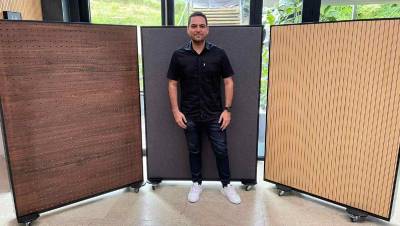


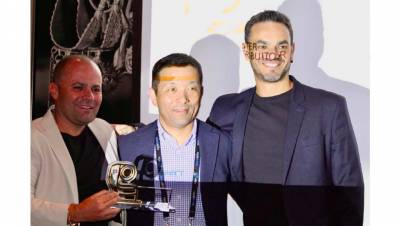



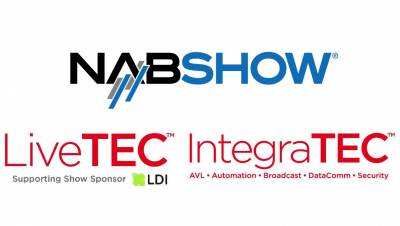
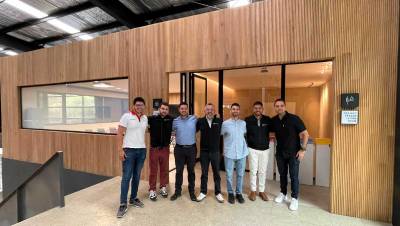
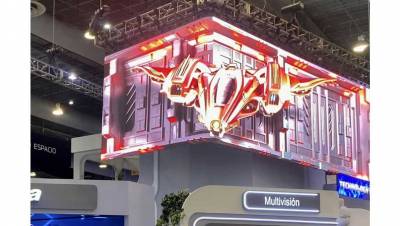
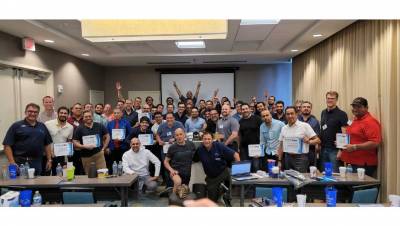

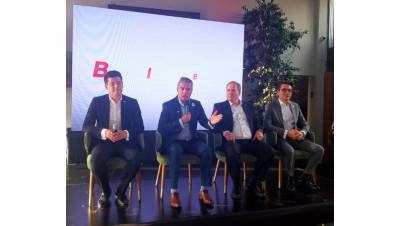
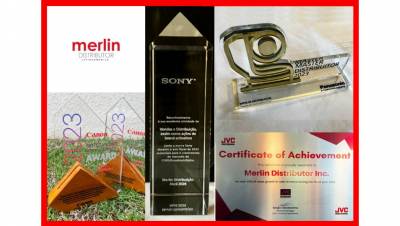








Leave your comment